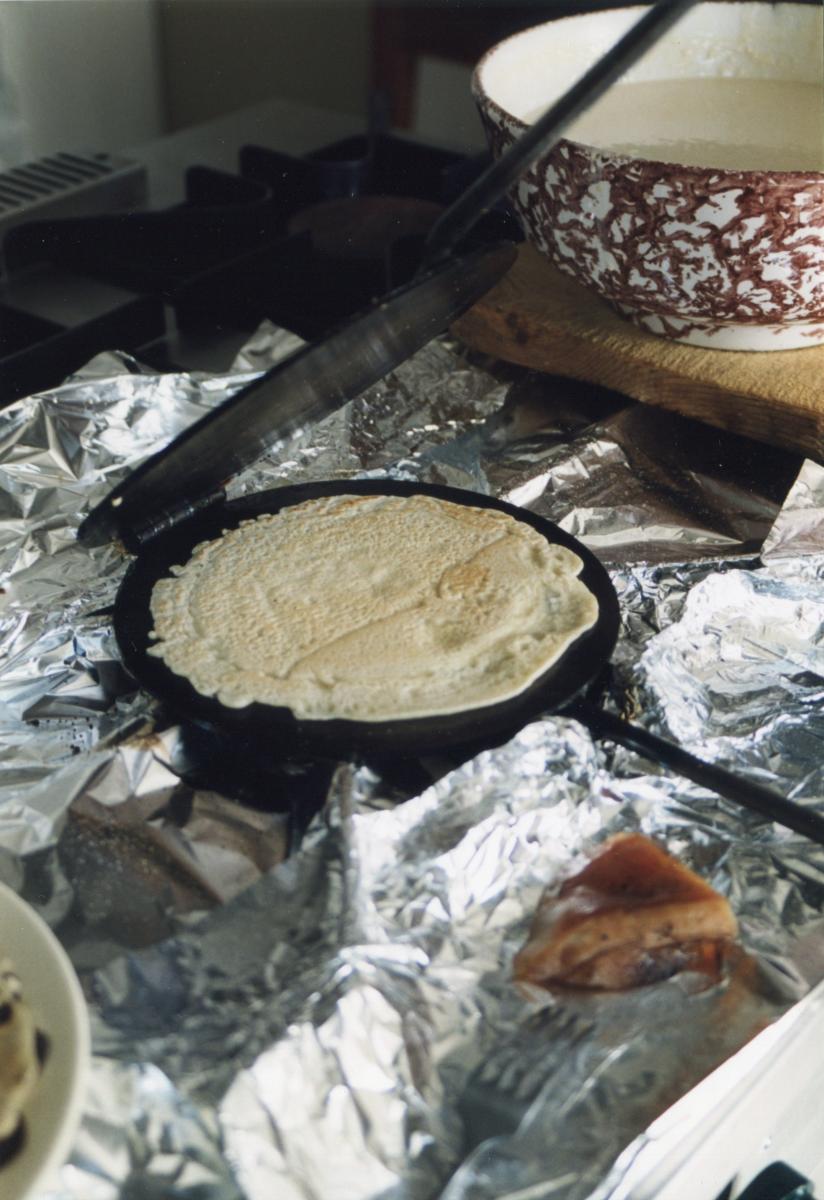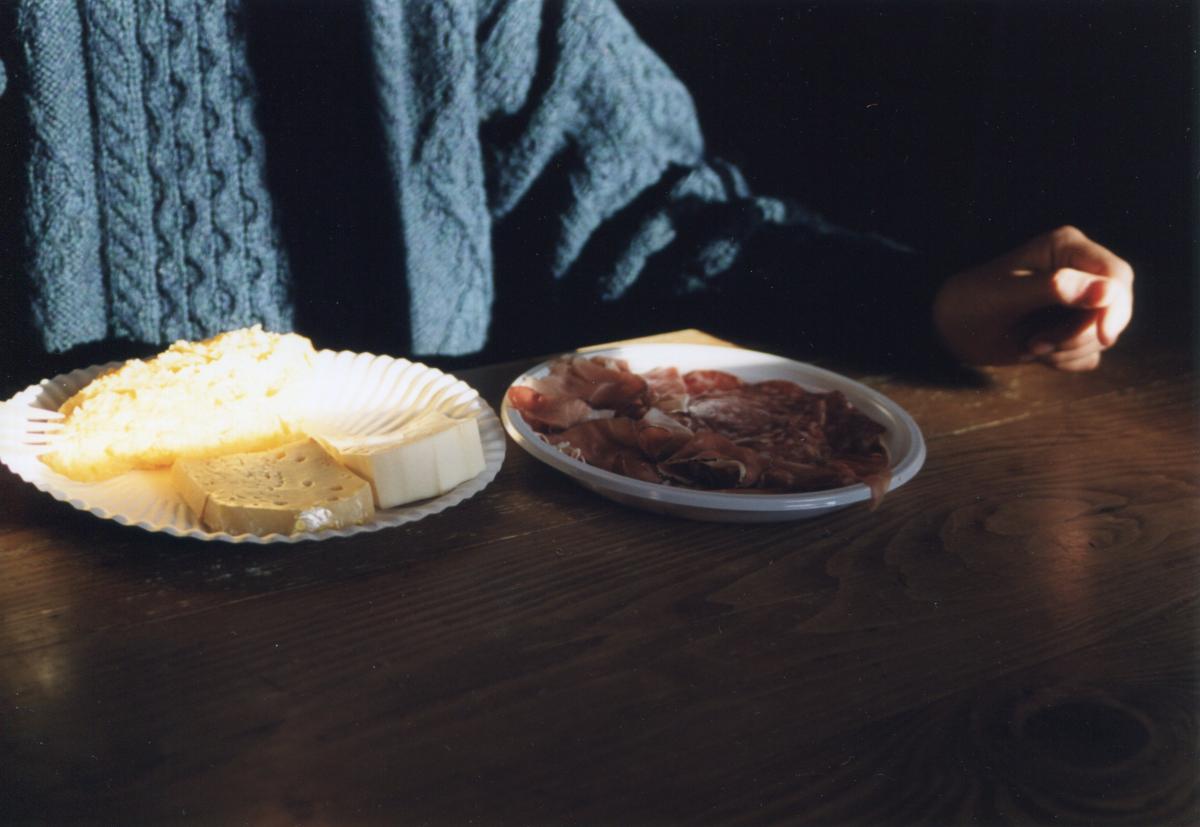Qualità ambientale news 1999: High Altitude Nutrition Survey
HIGH ALTITUDE NUTRITION: A SURVEY ON SPONTANEOUS FOOD INTAKE AT REGINA MARGHERITA HUT.
O. Pecchio R. Stradiotto B. Cuzzolin R. Beltramo (University of Turin, Italy)
Aims
- To estimate total energy and macronutrients of the hut menu and spontaneous food intake
- To estimate the environmental and organisational impact of food packaging
- To suggest a menu suitable for nutrients and energy, with the smallest possible content of packaging
Subjects and Method
Food provided by the hut kitchen was evaluated using a weight method. A daily average of five-day menus was calculated. A total (self and kitchen provided) food intake recording questionnaire was filled in by the mountaineers, under a trained dietician supervision. Primary, secondary and tertiary food packaging materials and their management were evaluated. Data were analysed by Microsoft Excel and SPSS.
Results
On daily basis the kitchen menu supplied 7552.66 kJ; protein, fat and carbohydrate accounted for 16.6, 36.8, and 46.6 %. 106 mountaineers (82 males, 24 females; 38.4 yr? 11.5, BMI 22.78 ?2.7) filled the questionnaire. Their daily average intake was 8010.58 kJ ? 3020.32; protein, fat, carbohydrate and alcohol accounted for 12.2, 30.4, 53.8, 3.6 %. Foodstuff packaging materials inventory showed 6 for primary, 3 for secondary and 2 for tertiary. No differentiated waste collection has been organised in the hut.
Conclusions
The hut menu was adequate in macronutrients, but insufficient as regards energy. Packaging complexity must be reduced, dropping the number of material from 6 to 4 and organising a differentiated waste collection.
A proposal for an ideal menu with a suitable nutrients and energy composition and the smallest possible packaging material has been elaborated. In addition it has been suggested to adopt ecocompatible and disposable dishes.



